nlopchantamang.com
Strava for X
Aja Frost @ajavuu
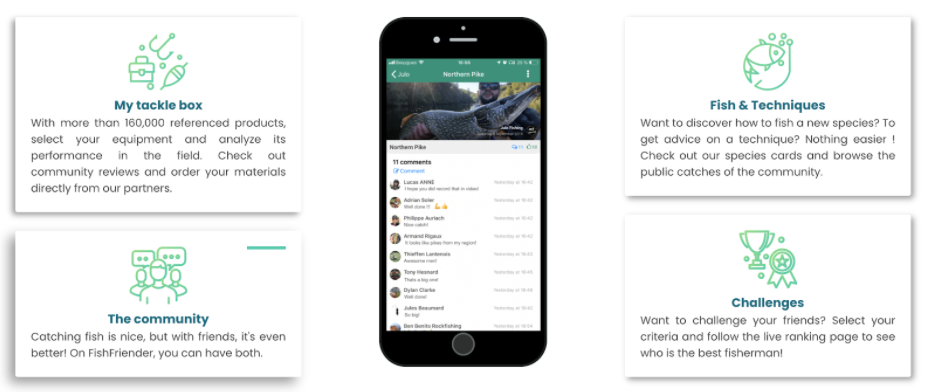
Source: Strava Blog
The Signal: In February this year, exercise and fitness-tracking app Strava hit an impressive milestone. The company reported that 50m+ athletes had joined the platform and collectively shared 3B+ activities since its launch in 2009. A third of those activities were shared in the 13 months prior.
For the numbers nerds out there, Strava adds 1m new users every month who upload 4m+ photos every week and 20 activities every second.
Strava was first conceptualized as a social network for athletes, specifically runners and cyclists, with an additional gamification layer that allows athletes to track and race the same routes and give each other “kudos” for activities that they log. It has evolved to include a number of other sports (e.g., in-line skating, yoga, rock climbing, roller skiing, and stand-up paddleboarding) and integrate with other apps (e.g., music, weight loss, and other fitness apps).
The Opportunity: Mine the underbellies of Reddit and the Strava support page, and you’ll find users requesting that Strava add their specialized sport of choice to the platform.
One user made this compelling argument: “There are more than 9 million horses in the US, and more than 30 million people ride horses annually… [but] only 2.8 million people [have] tried stand up paddle boarding.”
He’s got a point: The global equine market is worth $300B. In the US, the market is worth $102B and includes both competitive and recreational riders.
We spoke to Adam Torkelsson, the cofounder of Equilabs, a Strava-like tracking and community platform custom-built for the equestrian market in Europe that has 500k users. He told us about the journey of the platform, which was conceptualized as a training tool (think Fitbit for horses) and later evolved into the Strava or WeChat for horse riding.
Torkelsson believes that there is an opportunity to build the same for other seemingly niche sporting communities that…
- have large recreational and competitive participation;
- have high tech adoption;
- and can be done individually or in small groups.
In addition to horse riding, here are some sporting communities that warrant a closer look:
Fishing: Recreational fishing is one of the most popular hobbies in the US. In 2017, ~50m Americans participated in freshwater, saltwater, and fly fishing. The only sport with more participants was running. Globally, sports fishermen are expected to spend ~$16B on equipment in 2020. That number will reach ~$18B by 2027. Some companies to watch:
- Fishbrain is the self-proclaimed “#1 fishing app for finding fishing spots, forecasts, socializing, [and] logging catches” and has10m users.
- Anglr is a tracking platform that raised $3.3m in 2018 to add wearables (“Fitbits for fishing”) to their existing fish trip management system.
- FishFriender is a “social fishing log” app that allows users to analyze and share their activities, and browse fishing products and equipment.
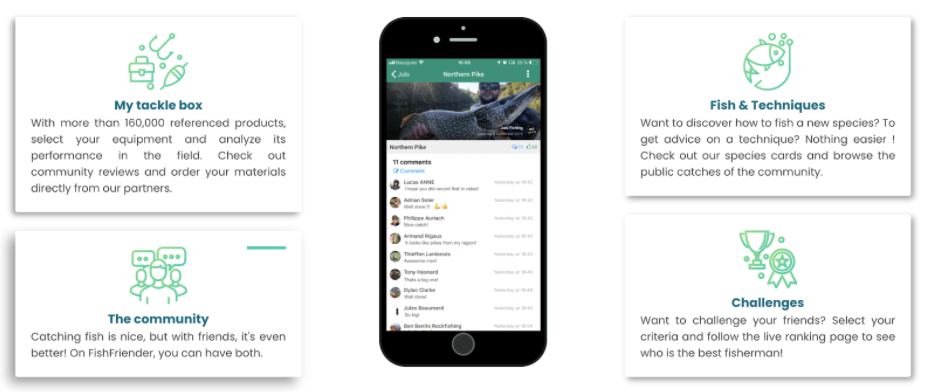
Bird-Watching: Although not technically considered an official sport, if you have met an ornithology enthusiast (also known as “twitchers”), you know it’s arguably more competitive than the NBA. The name of the game is to see the widest (and rarest) varieties of birds.
Before you laugh off the twitchers, consider that in 2011 ~47m bird-watchers spent $41B on trips and equipment in the US. Bird viewing and photography grew by 287% from 1982 to 2009.
The US Forest Service considers bird-watching “the most steadily growing [recreational] activity in the United States.”
There are already a number of apps catered to this market, but none that combine all the features of a Strava-like experience. Chirp Birding, which has a leaderboard and social network, comes close.
Extra features that would enhance the experience include a bird guide, an equipment marketplace, and predefined trips on which twitchers could compete directly (like Strava’s routes functionality).
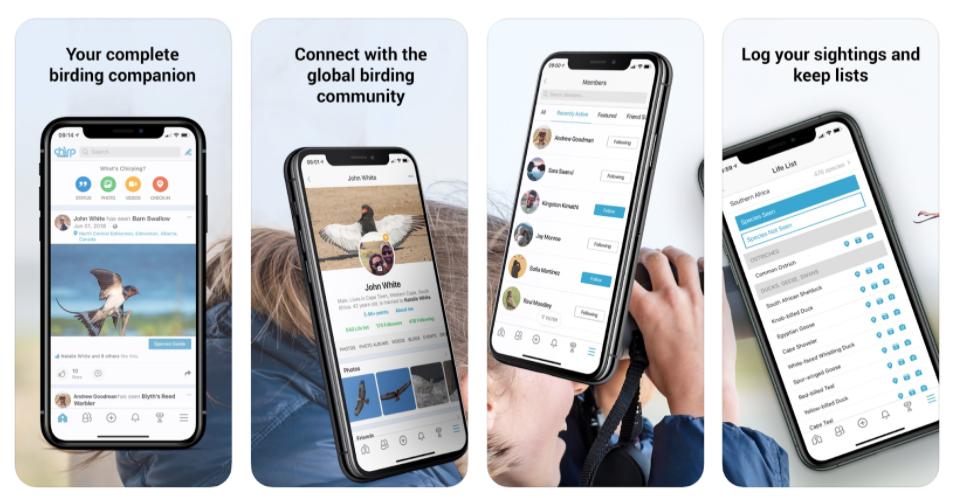
Foraging: If you want to go super niche, there is a small but growing community of recreational foragers (95k members on the r/foraging subreddit) that is currently underserved by the app market.
Similar to bird-watching, recreational foragers need good data to find, identify, track, and share the location (and photos) of certain harvests.
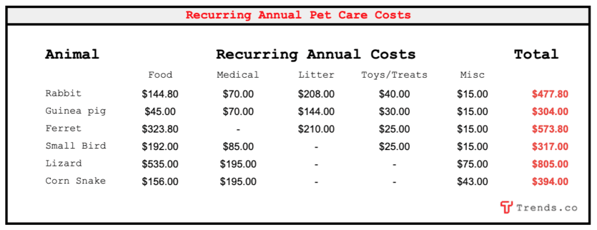
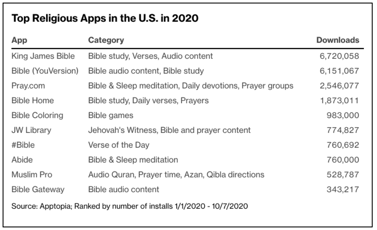
Leave a Comment